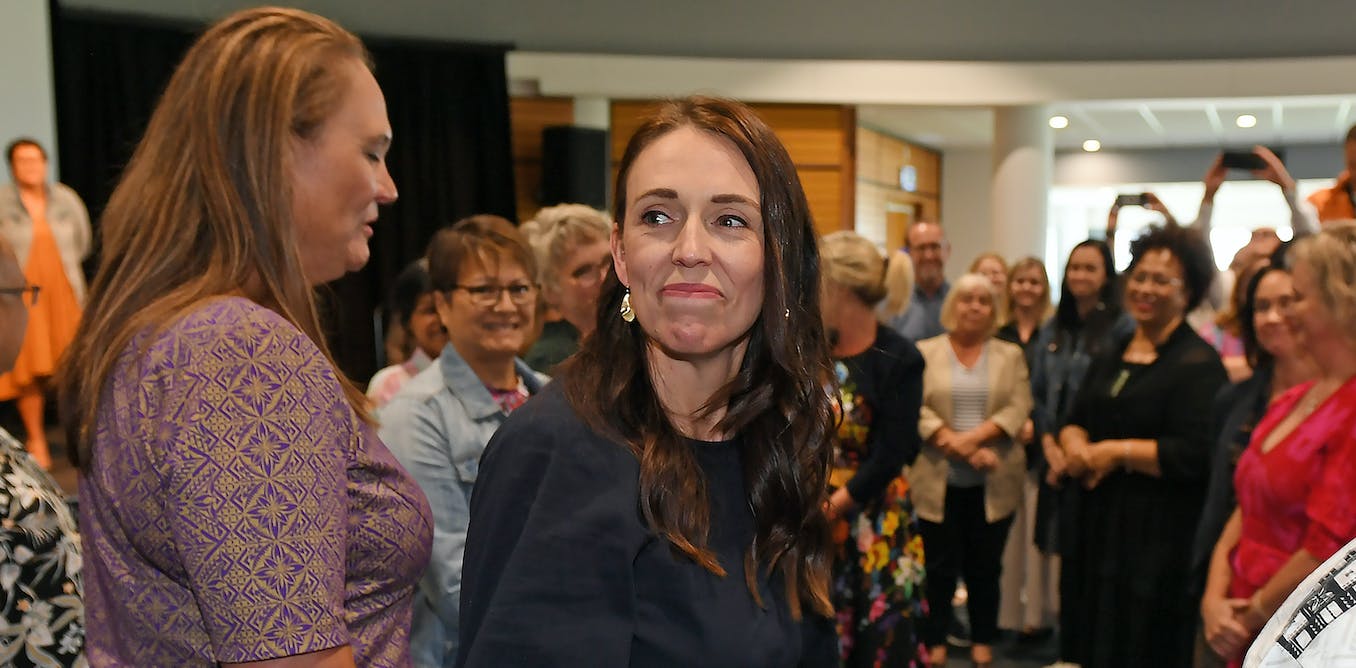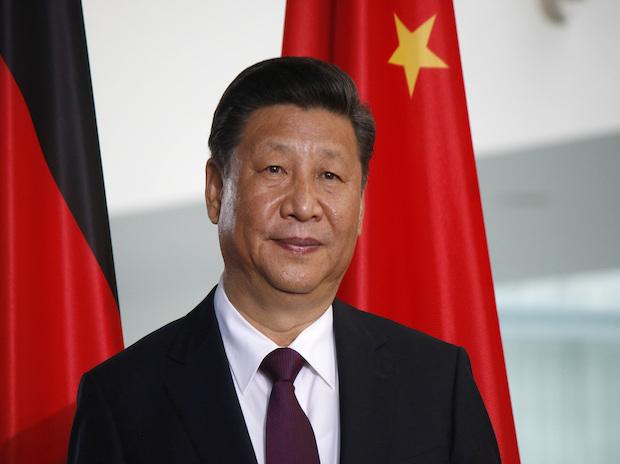New Zealanders will have a new prime minister by February 7 and will go to the polls on October 14, after two-term Labour Prime Minister Jacinda Ardern announced her resignation to spend more time with her family.
“For me, it’s time,” she said, speaking from the Labour Party’s retreat. “I just don’t have enough in the tank for another four years.”
Ardern said she would stay on until April as a local MP.
Beyond that, I have no plan. No next steps. All I know is that whatever I do, I will try and find ways to keep working for New Zealand and that I am looking forward to spending time with my family again – arguably, they are the ones that have sacrificed the most out of all of us.
Ardern’s resignation will come as a shock to many New Zealanders, and especially to people overseas – given the international reputation she earned as prime minister over the past five years.
But this is less of a surprise for close watchers of New Zealand politics. Back in November 2021, I wrote in The Conversation: “Might Jacinda Ardern stand down?”, after Labour changed its rules to make it easier for the party’s leader to be replaced.
A game changing move before the election
Ardern’s rise to power in 2017 was a game changer in New Zealand politics. Now she’s surprised everyone again with today’s decision to stand down, this could be a game changer for the October election.
Ardern is still higher in the preferred PM polls, ahead of National’s Christopher Luxon. So it’s not imperative for Labour to change their leader. But up until this moment, everyone has been picking a likely change in government to a National/Act coalition later this year.
Now that Labour is starting to trail in the polls, having a refresh of the leadership doesn’t necessarily ruin the party’s chances of winning in October. The social and economic fallout of the pandemic has been so profound that having a fresh new face could help Labour’s chances.
Former National Prime Minister John Key did a similar thing back in 2016, invoking the same “not enough in the tank” line as Ardern today, when he surprised everyone and stood down, handing over to Bill English. English and National actually did well in the following year’s election, gaining 44% of the vote. It was only because of overall arithmetic that National was unable to form government and that Ardern went on to become prime minister.
Labour makes it easier to change leaders, but Jacinda Ardern has no reason to go – yet
Ardern’s replacement could be known within days
Ardern made herself world famous for her management of the pandemic, and she did an extremely good job as a leader over that period.
But COVID-19 also completely derailed her prime ministership, meaning she was stymied in pursuing many of the key social objectives such as child poverty and housing that she would have liked to put more effort into.
I know Ardern personally, and what you see on TV is what you get in real life. She is a genuine person and politician, and you can understand the reasons she’s given about wanting more time with her fiancé and daughter.
My sense is that Labour knows who will take over. Front runners to be leader could include Minister of Justice Kiri Allan, who is a rising star and could be the first Māori PM, though she is relatively new to politics. Minister for Education and Leader of the House Chris Hipkins was a high-profile and hard-working MP during COVID, and he and Allan could make a formidable team. Housing, energy and resources minister Dr Megan Woods is also an experienced and senior member of the party, so could also be in the mix.
Deputy Prime Minister Grant Robertson won’t be contesting the leadership, and Labour caucus has agreed that a vote will happen in three days’ time, on January 22.
A successful candidate will need more than 60% of the caucus vote, otherwise they’ve got to go to a primary-style process with the Labour membership, which could be messy, so they will want to avoid that.




